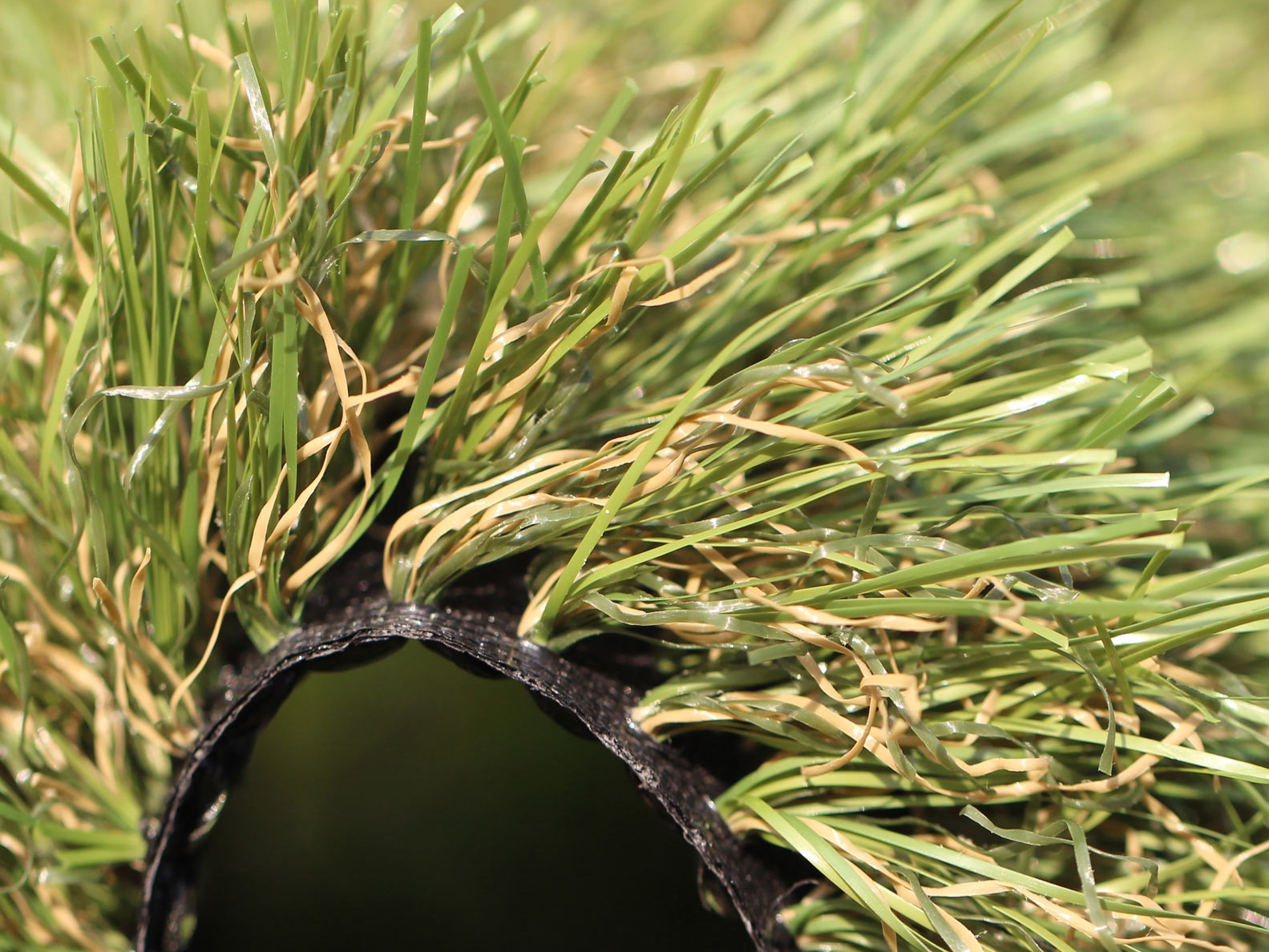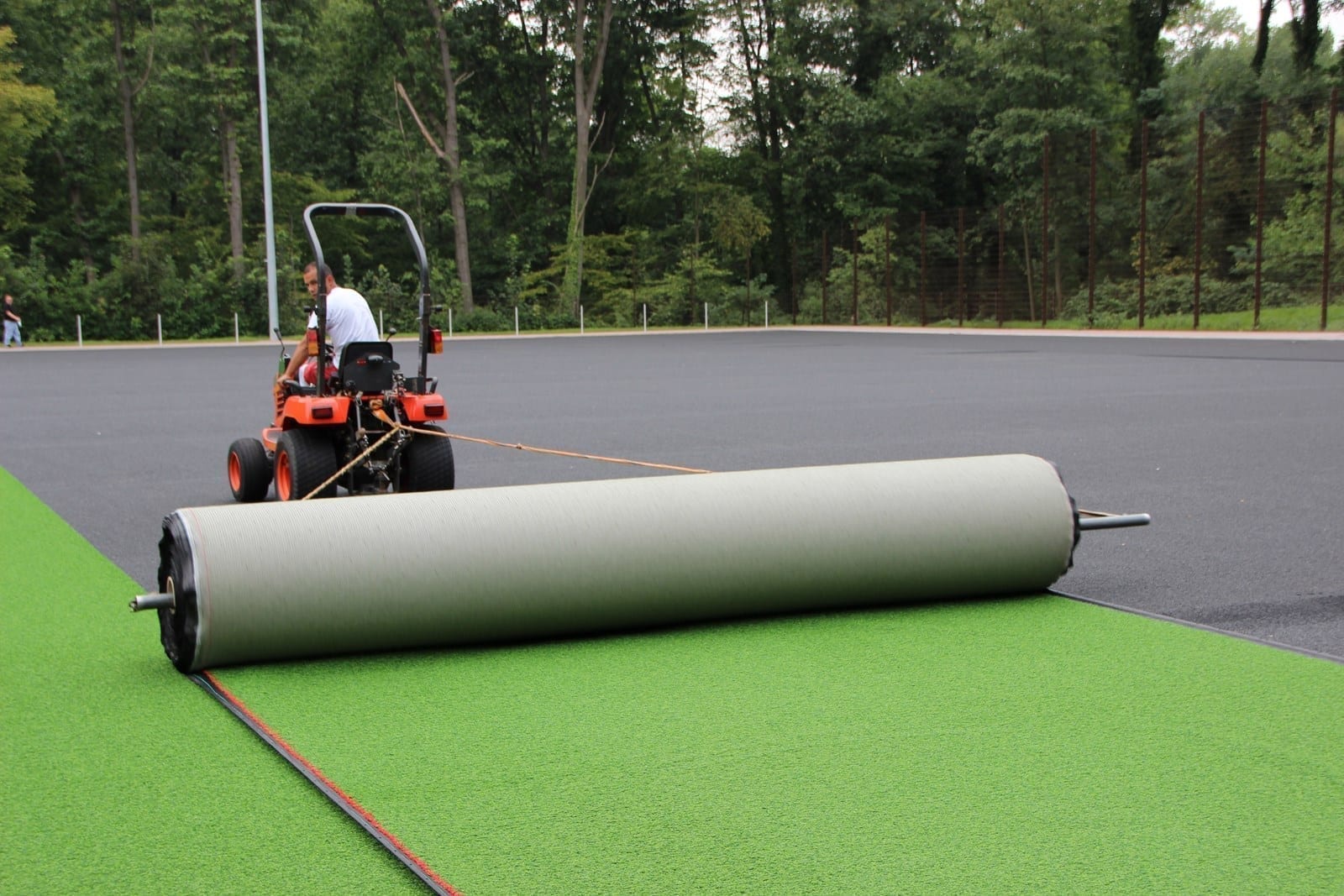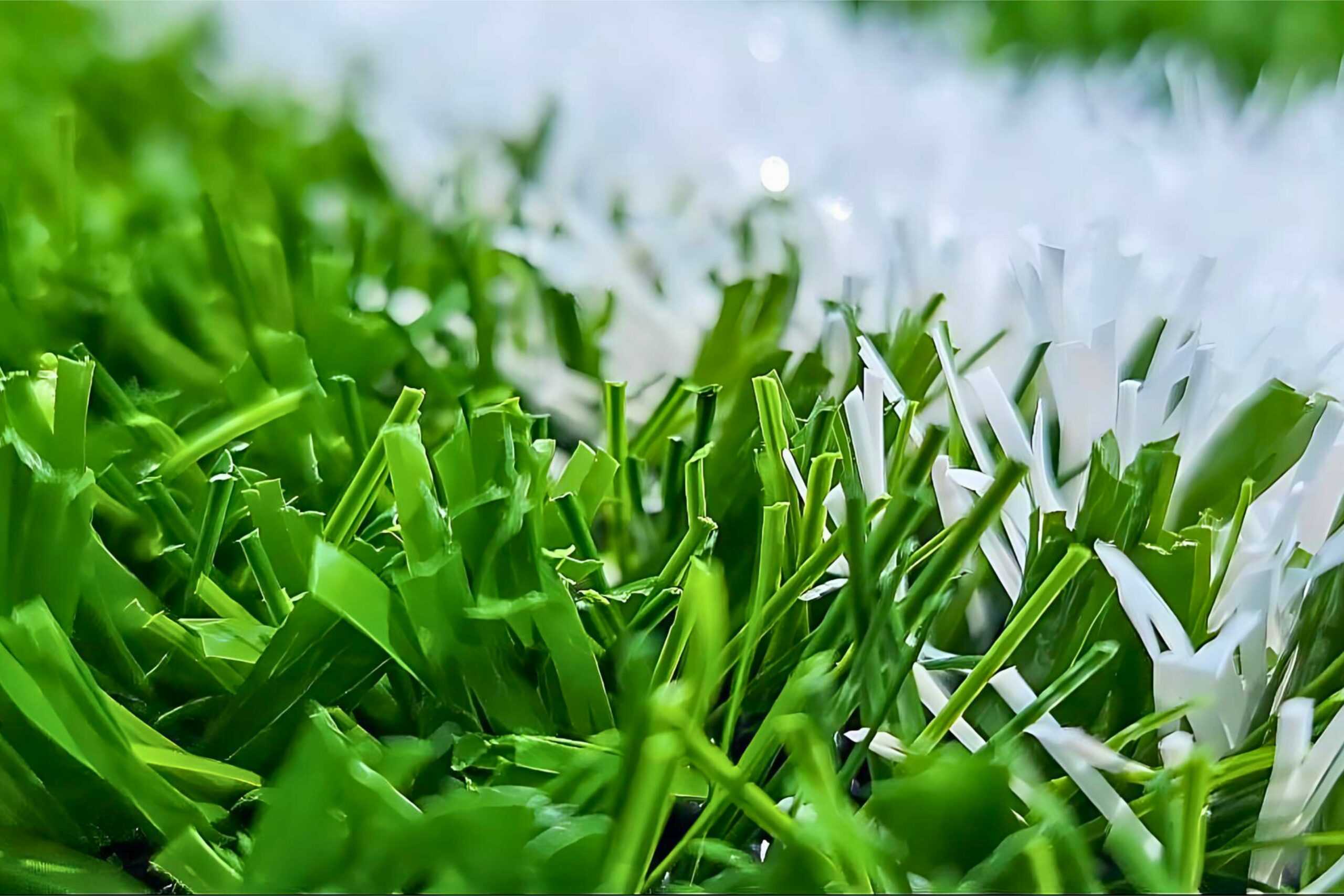Explore the Environmental Benefits of Opting for Synthetic Grass Solutions
The adoption of synthetic grass solutions provides a compelling opportunity to deal with pressing ecological obstacles. By substantially lowering water usage and reducing the application of dangerous chemicals, these alternatives not only promote sustainable landscaping but additionally protect neighborhood ecological communities. In addition, the reduced carbon footprint related to lowered upkeep tasks adds to a more sustainable approach to land monitoring. The effects of these advantages extend past simple conservation initiatives, elevating inquiries regarding their long-term impact on environment preservation and overall environmental balance. Exploring these dimensions exposes an intricate interaction worth considering.
Water Preservation Perks
Among one of the most considerable advantages of synthetic turf is its ability to conserve water. Conventional turf lawns call for considerable irrigation, especially in areas prone to drought or water constraints. In comparison, man-made grass does not require watering, substantially minimizing the total need for water resources. This feature is especially beneficial in deserts where water shortage is a pressing worry.
By eliminating the requirement for normal watering, synthetic grass adds to sustainable landscape methods and aids alleviate the environmental influence of extreme water usage. Moreover, the preservation of water prolongs to the decrease of drainage, which can bring about soil erosion and waterway air pollution.
In addition, the setup of fabricated grass allows municipalities and home owners to designate water resources more efficiently, concentrating on essential usages such as alcohol consumption water and agriculture. The change in the direction of fabricated lawn not just advertises liable water use but additionally lines up with wider environmental goals aimed at preserving all-natural resources.
As communities increasingly focus on sustainability, the water preservation benefits of synthetic grass present a compelling case for its fostering in commercial and property landscaping jobs.
Lowered Chemical Usage
The change to synthetic grass substantially decreases the reliance on chemical therapies typically made use of in natural turf upkeep. Typical lawn administration generally entails the application of herbicides, fertilizers, and chemicals to advertise growth and control parasites. These chemicals can pose threats to human wellness, local wild animals, and the setting, adding to soil and water contamination.
In comparison, synthetic grass removes the demand for these harmful substances. As soon as set up, it needs very little maintenance, largely including regular cleansing and infrequent infill replenishment. This reduction in chemical usage not only profits the prompt setting but also contributes to wider ecological security. By minimizing the release of artificial substances into the community, man-made grass promotes healthier soil and water supply.
Additionally, the absence of chemical runoff associated with synthetic grass installments aids protect neighborhood rivers from air pollution, sustaining aquatic life and preserving biodiversity. Arizona turf. As areas increasingly prioritize sustainable practices, going with artificial turf provides a feasible option that straightens with environmental conservation goals. Through this change, home owners can appreciate rich environment-friendly areas without jeopardizing eco-friendly wellness, leading the way for a more sustainable future
Lower Carbon Impact

Furthermore, the installment of synthetic grass can result in substantial water preservation. Natural grass require substantial amounts of water for irrigation, which not only includes to the carbon footprint related to water extraction and treatment however likewise stress neighborhood water sources. In comparison, synthetic lawn requires very little upkeep, requiring no watering, thereby dramatically decreasing water use and its linked power costs.
In addition, the durability of synthetic grass contributes to its reduced carbon impact. With a lifespan of as much as 15 years or even more, the need for frequent replacements is diminished, leading to much less waste and reduced energy consumption in production and disposing of traditional turf alternatives. Generally, synthetic grass offers a sustainable choice for ecologically conscious landscaping.
Environment Preservation
Habitat conservation is a critical factor to consider in the dispute over landscape design choices, especially when comparing artificial turf to all-natural lawn. Natural turf lawns typically need comprehensive upkeep, including the use of pesticides, plant foods, and herbicides, which can detrimentally affect local ecosystems. These chemicals can seep into the soil and waterways, damaging native vegetation and animals and disrupting regional environments.
In comparison, artificial turf presents a chance to minimize the Read More Here environmental impact of landscaping. By selecting artificial lawn, property owners can decrease the disturbance of all-natural environments related to traditional lawn treatment techniques. Fabricated grass removes the demand for damaging chemicals, therefore safeguarding close-by wild animals and preserving the stability of bordering ecosystems. The setup of fabricated grass can lead to the conversion of previous turf locations right into more biodiverse landscapes, such as pollinator yards or indigenous plant areas, which can support neighborhood wildlife.
Ultimately, the transition to synthetic grass not just preserves water and lowers maintenance efforts however additionally promotes a more harmonious connection in between human activities and the all-natural setting, advertising look these up environment conservation at the same time.
Long-Term Sustainability
Long-term sustainability is a critical factor in reviewing the benefits of artificial grass over traditional yard yards. Among the most significant benefits of synthetic grass is its resilience; it can last as much as 15-20 years with very little maintenance, whereas all-natural yard calls for constant reseeding and substitute. This longevity decreases the demand for continuous resources, such as water, plant foods, and chemicals, which are vital for preserving a healthy and balanced turf yard.
Furthermore, artificial lawn contributes to a decrease in carbon emissions connected with lawn care devices. Traditional lawns often require gas-powered mowers, trimmers, and blowers, every one of which contribute to air pollution. Arizona turf. In comparison, synthetic grass gets rid of the demand for such devices, promoting a cleaner atmosphere
Additionally, the manufacturing of synthetic grass significantly makes use of recycled products, enhancing its sustainability account. As makers take on green techniques, the environmental footprint of synthetic grass remains to lessen.

Conclusion
The adoption of fabricated lawn services provides significant environmental benefits, consisting of significant water conservation, minimized dependence on hazardous chemicals, and a lower carbon impact. Artificial view grass aids in maintaining all-natural environments by decreasing land disturbance and promoting long-lasting sustainability through the usage of sturdy products. Jointly, these variables underscore the capacity of synthetic grass to add favorably to ecological health and offer a sensible alternative to traditional landscape design methods in a significantly resource-conscious world.
In comparison, man-made grass does not need watering, dramatically decreasing the general need for water sources. By reducing the release of synthetic substances right into the environment, fabricated lawn advertises healthier soil and water systems.
Additionally, the installation of artificial grass can result in substantial water conservation. In contrast, man-made grass requires very little upkeep, needing no watering, thereby considerably decreasing water use and its linked energy expenses.

Comments on “Expert Arizona Turf Installation Solutions for Residential and Commercial Use”